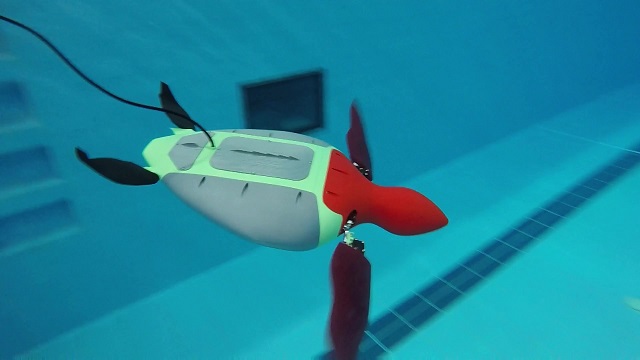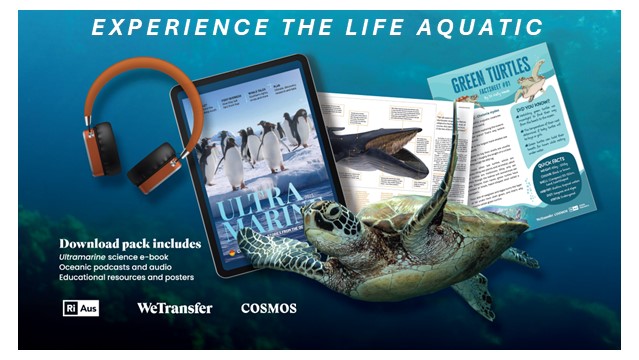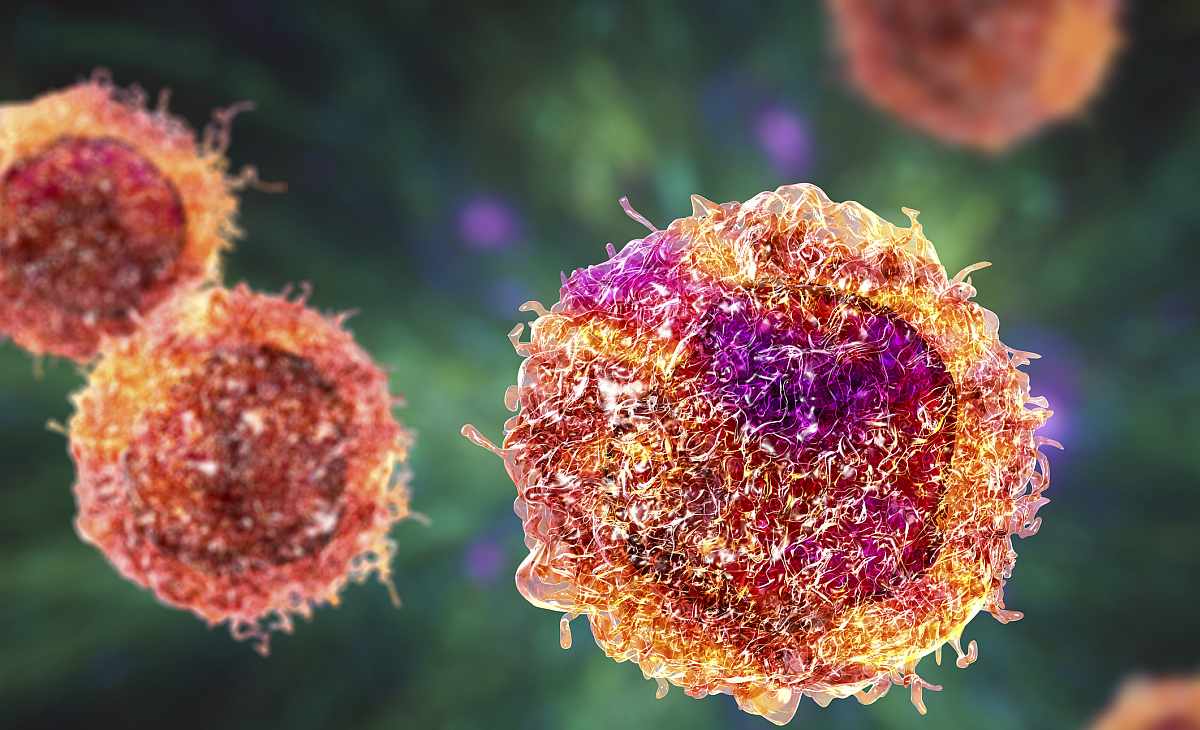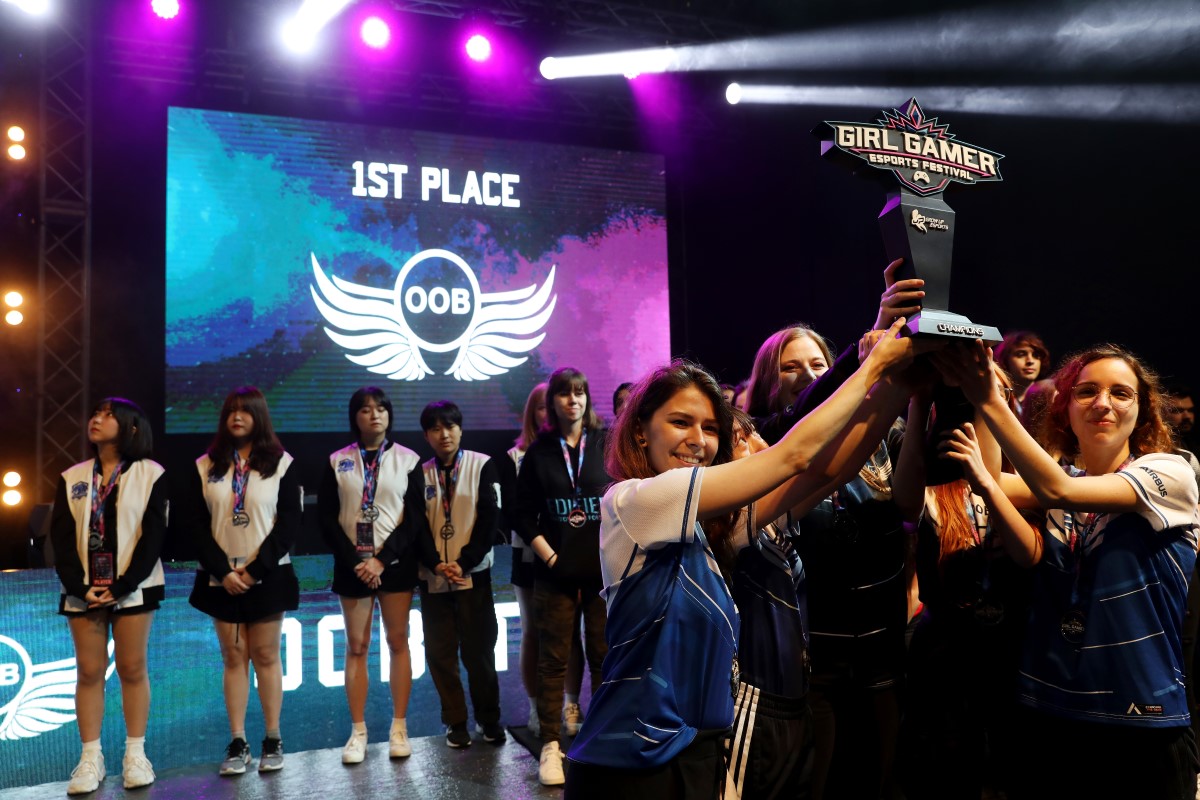Innovative new prosthetic fin approved for trial on real, threatened turtles.
This short article and video show an excellent example of how technology can be used to help nature. It demonstrates to students how problems can be solved using technology and how we can learn from specific adaptations in nature to design technological solutions to human-caused problems.
Word Count / Video Length: 232 / 3:01 mins

A New Zealand researcher’s innovative new design for a prosthetic turtle fin could help rehabilitate injured sea turtles that are hurt due to human activity, often through run-ins with boats or fishing nets.
Damage to a turtle’s fin can severely limit a turtle’s swimming range, and therefore their chance of survival. It also inhibits females from returning to land to lay eggs. This prosthetic, then, may present a novel solution to a problem that threatens to upend the balance of ocean ecosystems.
The project involved the development of four-dimensional turtle fin kinematics, and optimisation of the fin geometry, to biomimic the movement of a real fin. It was developed by PhD student Nick van der Geest, from the Auckland University of Technology’s BioDesign Lab, during his mechanical engineering degree.
A robotic turtle was designed and built to evaluate the design by comparing simulation data to the swimming robot. Nicknamed ‘roboturtle’, the machine was 3D-printed from CAD models created by van der Geest, based on real sea turtle geometries.
Because the turtle must match the size of the prosthetic for it to function correctly, it is currently being trialled in one turtle, Vivo, at the Centre for the Recovery of Wild Fauna (CRFS), Tenerife.
But other rehabilitation centres have already expressed interest in collaboration, including the Byron Bay Wildlife Hospital, Australia, and the New Zealand Centre for Conservation Medicine (NZCCM) at Auckland Zoo.
This article is republished from Cosmos. Read the original article.
Login or Sign up for FREE to download the educational resources





